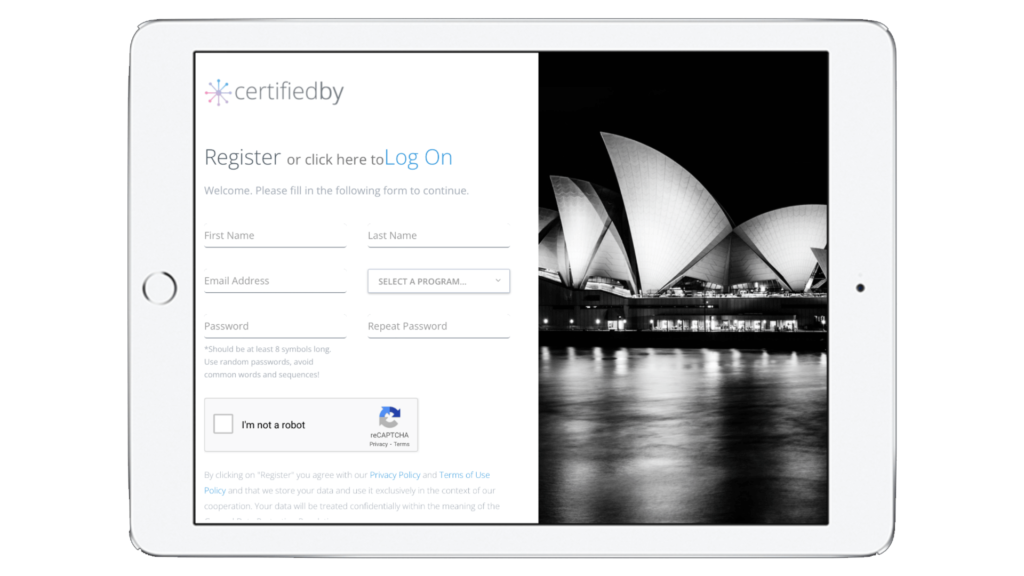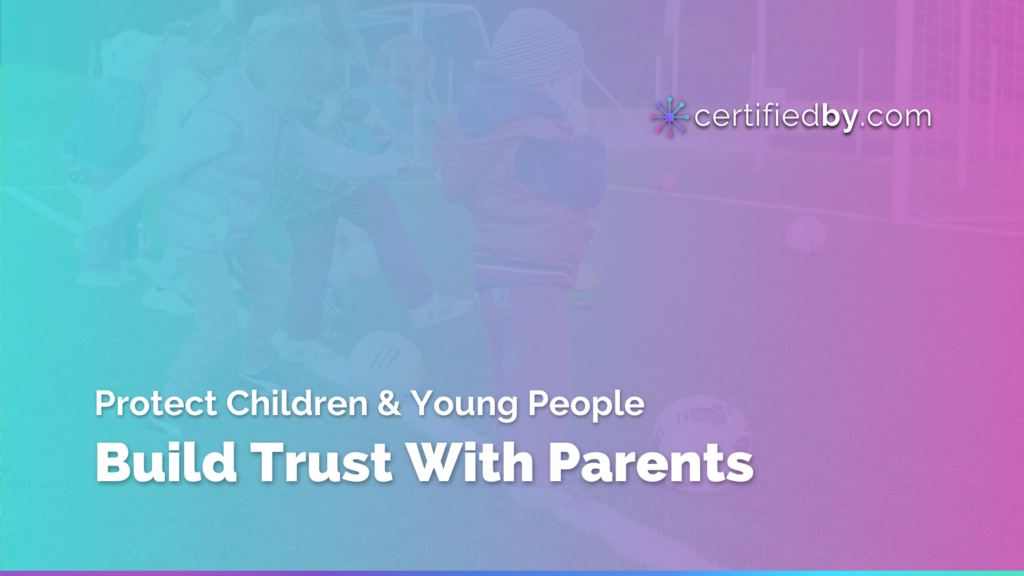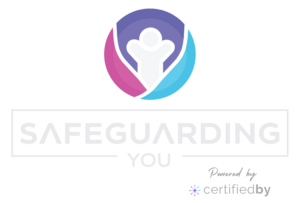Protect Children & Young People.
Build Trust With Parents.
Because child safety doesn't just happen.
Assess, Report, Improve & Certify... to Power Growth
Victorian Child Safe Standards - Maturity Level 1
Thousands of organisations in Victoria need to comply with the new Child Safe Standards, but many don’t know where to start.
The Child Safe Standards are a new set of minimum requirements that outline the actions organisations must take to keep children and young people safe. They provide more clarity for organisations and are more consistent with Standards in the rest of Australia.
Certifies By offers the Victorian Child Safe Standards Program (VCSS), which allows clubs, camps, small businesses, disability, education and child care providers to measure themselves against this new standard, remediate weaknesses and report to relevant stakeholders.
How it Works

REGISTER
Simply click the START NOW button at the top of this page to start your program.
IMPROVE
For smart recommendations, supporting information and helpful resources, subscribe to the Action Management Module (see more).
CERTIFY
Evidence results with a Program Review and Certificate of Assessment to share with relevant stakeholders (see more).
ALL PROGRAMS include access to a digital library of amazing tools & resources
This Program Includes
-
11 Components
-
FREE Smart Self Assessment
-
FREE Risk Report: High-Med-Low
-
Action Management Module
-
Digital Library of Resources
-
24/7 Access: Mobile & TV
Program Modules
1. Cultural Safety
2. Child Safety & Wellbeing
3. Empowering Young People
4. Keeping Informed
5. Diversity & Inclusion
6. Working With Children
7. Complaints & Concerns
8. Education & Training
9. Physical & Online Environments
10. Implementation
11. Policies & Procedures
Download the eBook

Start Your Child Safety Journey Today
Disclaimer 🤚
We’ve put our heart and soul into building something to help millions of Startups & SMEs around the world.
We’ve done a lot right and made mistakes along the way, cause no one ever said #RegTech or startup risk management was easy.
Rest assured we are leveraging the brightest minds, deepest resources, connected partnerships and hunger for growth to develop a better product every day for you.
With that being said… In no event shall CertifiedBy, its affiliates, partners, or licensors be liable for any direct, indirect, incidental, special, consequential, or punitive damages, including but not limited to, lost profits, lost data, business interruption, or other losses arising out of or in connection with the use of, or inability to use, the CertifiedBy platform or any content, advice, or recommendations generated by the platform.



